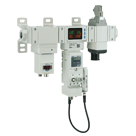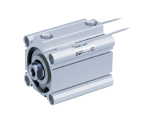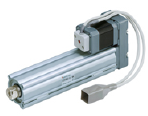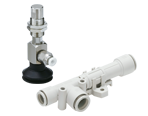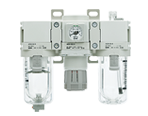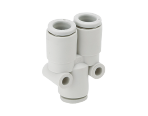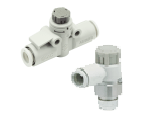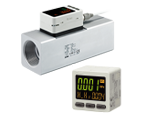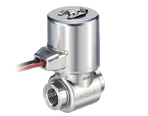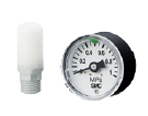
|Tubing
-

What is the difference between PFA, FEP, and PTFE in fluoropolymer tubing?
-

Typical differences between PFA, FEP, and PTFE are described below.
PFA (a copolymer of tetrafluoroethylene and perfluoroalkoxyethylene)
It is a material that enables extrusion (melt molding) and has heat and chemical resistance almost equivalent to that of PTFE. The material used in TL/TIL series tubing is Super PFA, which is designed for use at wet stations for semiconductors. The material with less eluted fluoride ions than common PFA is called New PFA, and the material with improved surface smoothness and transparency over New PFA is called Super PFA.
FEP (a copolymer of tetrafluoroethylene and hexafluoridepropylene)
It has almost the same chemical resistance as PTFE.
Since the melting point is about 260°C, which is lower than PTFE or PFA, the highest operating temperature is 200°C.
PTFE (tetrafluoroethylene resin)
Molding is done by sintering.
The polymer chains consist of only C-C and C-F bonds, and the tight coverage of the fluorine atoms over the carbon chains protects the C-C bonds, providing very good chemical resistance. Compared with PFA and FEP, it offers better flex life, but it has lower transparency.

